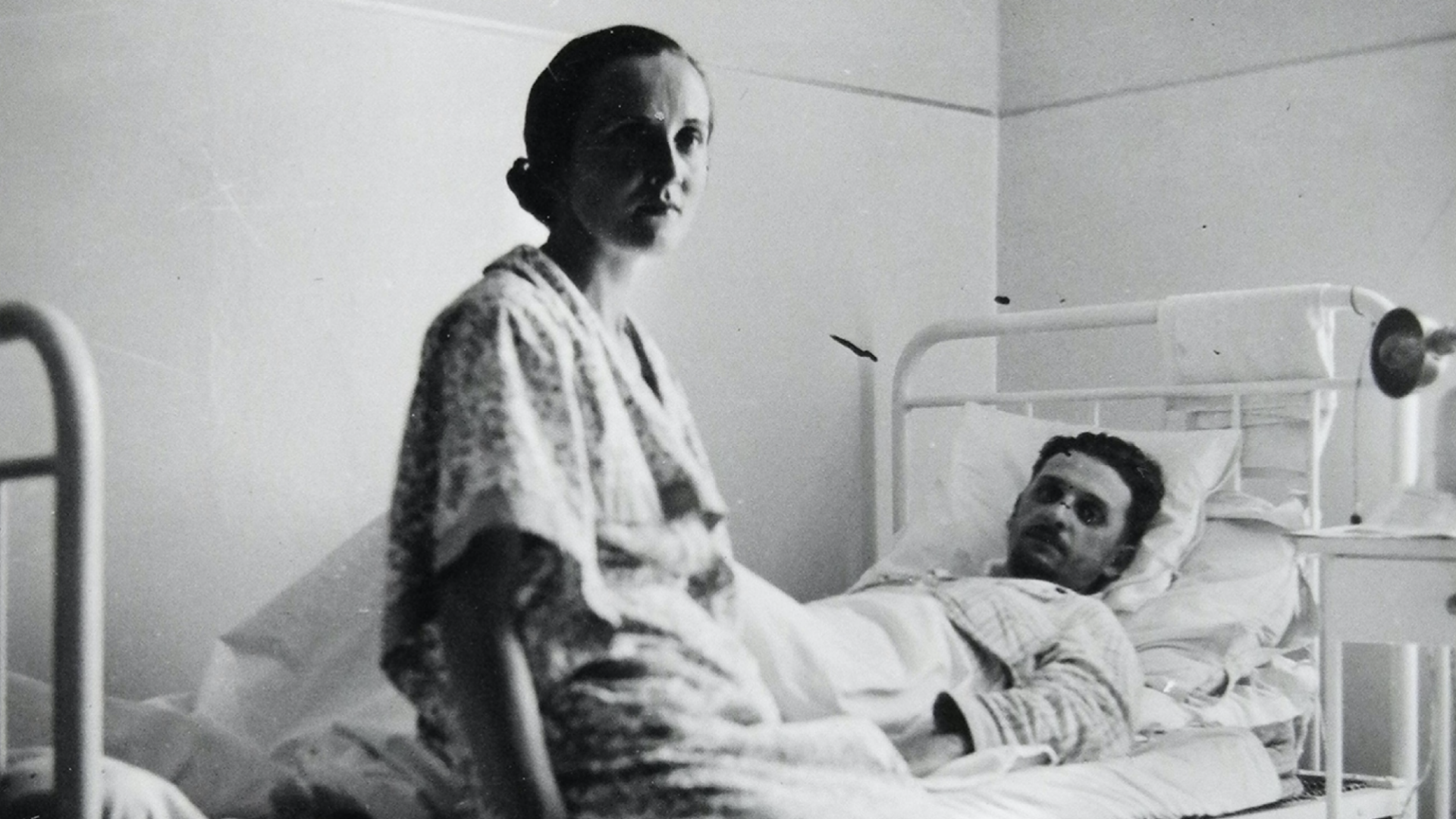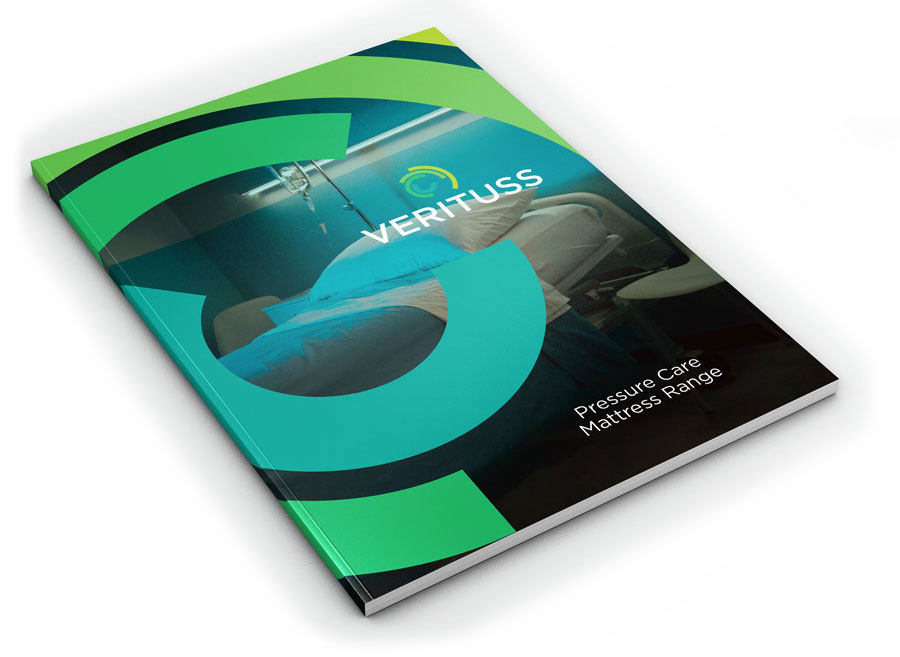A Brief History Of The Hospital Bed
Published 27th March 2023
From the earliest basic stretchers to the ultra-modern, multi-function technical marvels we know today, the hospital bed has come a long way in a relatively short time. Some even say that billionaire recluse, Howard Hughes, was key in its development, although the actual impact of his work is hotly disputed.
So let’s take a look at the history of the hospital bed, and how we’ve reached the modern standards that Redwood supply specialist medical mattresses for today.
The early years
Naturally, hospital beds have been around in one form or another for as long as people have been getting ill or suffering injuries in times of war. However, the hospital bed remained little more than a stretcher for centuries. This functional bed allowed patients to be moved around easily and provided some small level of comfort while they received treatment.
It wasn’t until the era of Florence Nightingale that hospital beds started to develop beyond the most basic provision.
Adjustable beds
The first recorded specialist medical development that we would recognise from today’s hospital beds, is the introduction of adjustable side rails in around 1815. This was followed decades later by the first adjustable bed frames, which allowed patients to sit up in comfort for the first time. Andrew Wuest and Son patented an elevated frame in 1874. This was followed by Willis Gatch’s three-segment bed in 1909, which also allowed the patient’s feet to be elevated.
Change was slow in the early years, as the first world war and the influenza pandemic focussed medical services on simply keeping patients alive, or making them comfortable in their suffering. It was not until after the second world war that the medical world changed to focus more on the treatment of the living.
Howard Hughes
Legend has it that Howard Hughes was a pioneer in the design of the modern specialist medical hospital bed, following a serious plane crash in 1946. The story goes that, unhappy with the specialist medical beds available, he demanded that his expert team design a better bed. While this may be true, it’s also fair to say that much of the technology was already being developed, and Hughes simply had the power and the money to bring it all together.
For example, General Electric had already patented a push button controlled hospital bed the previous year, and the fabulously titled inventor, Dr Marvel Beem, had patented a version with a built-in toilet and washbasin the same year. Nonetheless, without the pull of Howard Hughes, progress towards the specialist medical beds we know today may have been far slower and more fragmented.
Rapid development
Through the 50s and 60s, the electronic control of specialist medical beds became more and more sophisticated, with the basic remote controller we know today first introduced in 1961.
From the 1980s, with the basics of the bed frame refined, focus switched to the design of specialist medical mattresses. Memory foam mattresses and antibacterial fabrics were introduced in the 1990s, and built-in sensors are becoming more sophisticated all the time. Today, the most high-tech specialist medical mattresses can measure pulse and respiratory rates without any wires connected to the patient, and can even alert staff when a patient unexpectedly leaves the bed.
The future of medical mattresses
Many fads and fashions have come and gone in the history of medicine. In the future, we will no doubt look at some of today’s treatments with the same disbelief that we look at leeches and bloodletting today. Yet the specialist medical bed will always be needed, and it will continue to be refined to give greater patient comfort, to offer more efficient and effective treatment for medical and to provide ever increasing protection from hospital acquired infections.
At Redwood, we’re proud to be playing our part in that development, with the very latest in specialist medical mattresses that provide greater comfort and the highest levels of infection control. We might not be backed by Howard Hughes, but we are constantly investing in better specialist medical products for the future of hospital beds.

